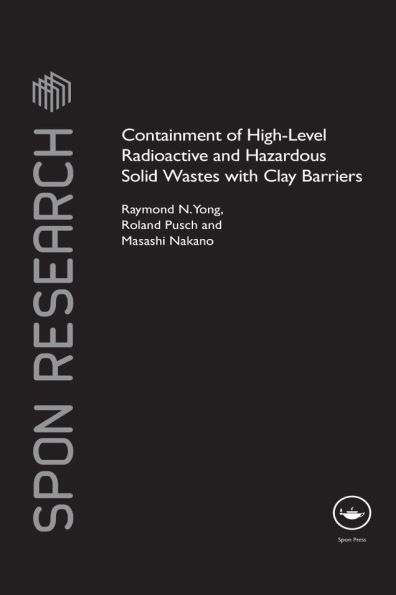One of the principal objections to or problems with the use of nuclear fuel is that a proven method for safe disposal of spent nuclear fuel has yet to be established. The central focus of most schemes underway to dispose of these high-level radioactive wastes relies on clay-based buffers and barriers to isolate spent fuel canisters in borehole
1133955986
Containment of High-Level Radioactive and Hazardous Solid Wastes with Clay Barriers
One of the principal objections to or problems with the use of nuclear fuel is that a proven method for safe disposal of spent nuclear fuel has yet to be established. The central focus of most schemes underway to dispose of these high-level radioactive wastes relies on clay-based buffers and barriers to isolate spent fuel canisters in borehole
100.0
In Stock
5
1

Containment of High-Level Radioactive and Hazardous Solid Wastes with Clay Barriers
498
Containment of High-Level Radioactive and Hazardous Solid Wastes with Clay Barriers
498Related collections and offers
100.0
In Stock

Product Details
| ISBN-13: | 9781040215746 |
|---|---|
| Publisher: | CRC Press |
| Publication date: | 05/31/2010 |
| Series: | Spon Research |
| Sold by: | Barnes & Noble |
| Format: | eBook |
| Pages: | 498 |
| File size: | 6 MB |
About the Author
From the B&N Reads Blog
